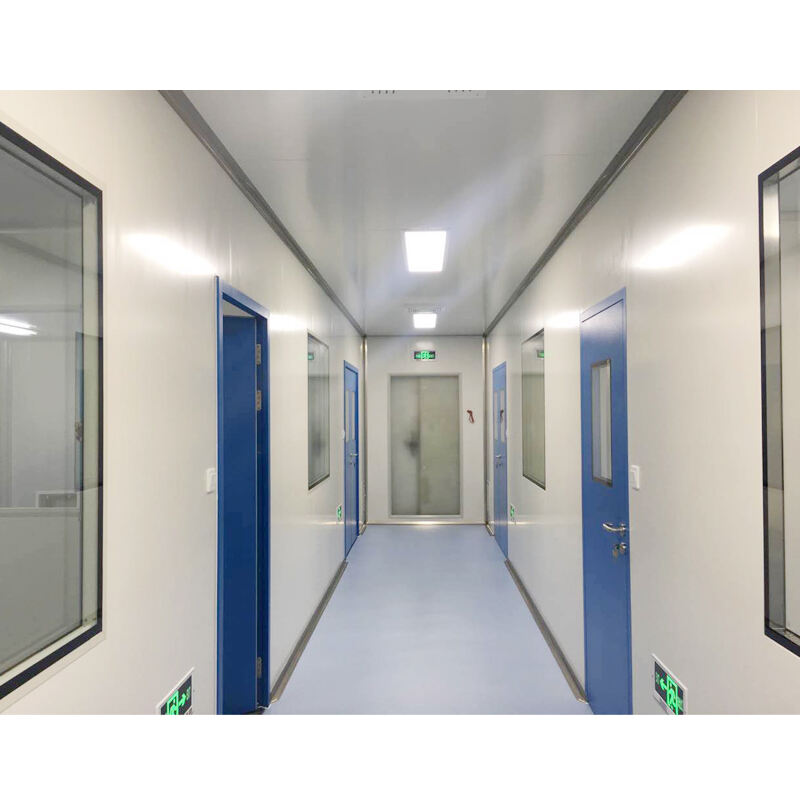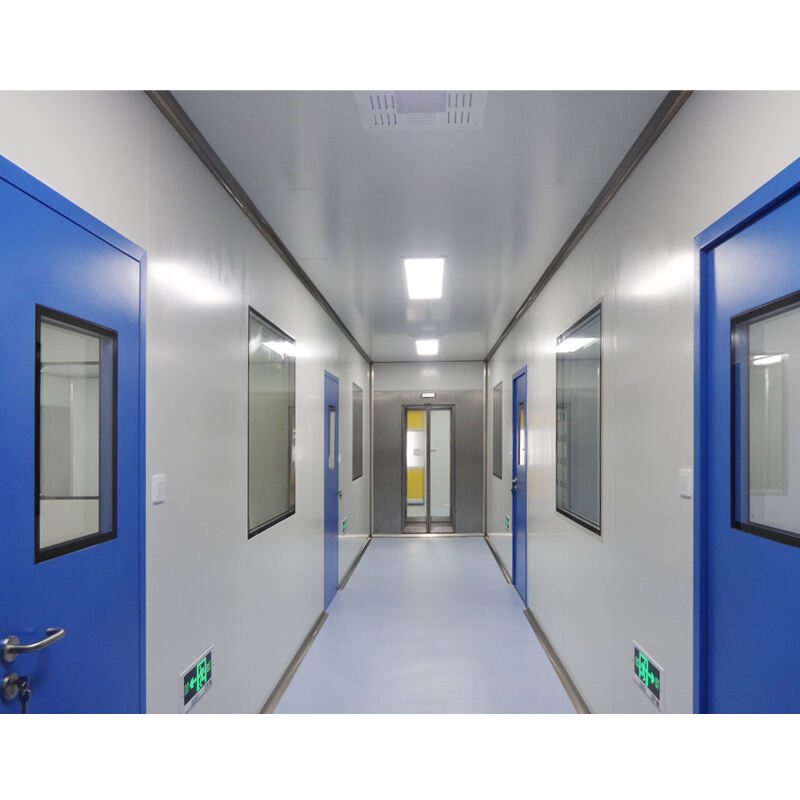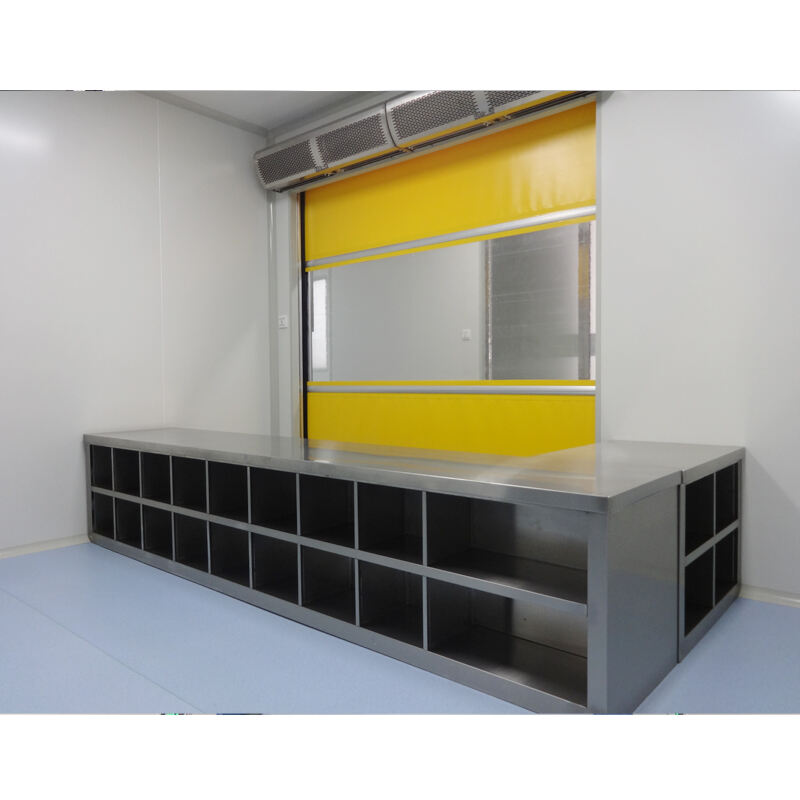pharmaceutical clean room
A pharmaceutical clean room represents a meticulously controlled environment designed to maintain exceptionally low levels of particulates, such as dust, airborne organisms, and aerosol particles. These specialized facilities are essential in pharmaceutical manufacturing, ensuring product quality and compliance with stringent regulatory requirements. The clean room employs advanced HVAC systems with HEPA filtration to maintain positive air pressure and prevent contamination. Temperature, humidity, and air particle counts are continuously monitored through sophisticated control systems. The facility features specialized construction materials resistant to microbial growth and easy to sanitize, including seamless wall panels, epoxy flooring, and specialized lighting fixtures. Personnel access is strictly controlled through airlocks and gowning rooms, where staff don appropriate protective equipment. Modern pharmaceutical clean rooms incorporate automated monitoring systems that provide real time data on environmental conditions, allowing for immediate response to any deviations from specified parameters. These facilities are classified according to ISO standards, with different levels of cleanliness required for various pharmaceutical operations, from research and development to actual drug manufacturing.


